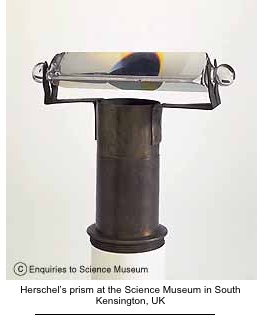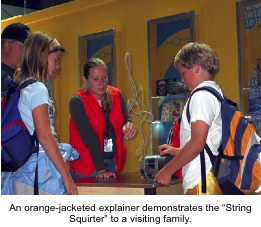| In concluding, I want to talk about the many influences that have shaped the Exploratorium. Certainly my past experiences with teaching and curriculum development had a major influence on the Exploratorium. However, many other factors have been equally important. During 1965 I spent a year in London on a Guggenheim Fellowship as well as an appointment at University College. My wife and I frequently went to the science center in South Kensington, where we became aware of the lack of such facilities in this country. There were only a handful of them in 1965 and most cities and states had none. In fact, Colorado, where I had lived for 20 years, had none. The Science Center in Kensington had a room in the basement with many exhibits for children which they could change and play with. The entire museum seemed to me a marvel, and it kindled my interest in science museums even though most of the exhibits were historical or static. But the children's portion emphasized how important it is to be able to say, "what would happen IF ..." People who are well-grounded and initiated in art can took at a painting and understand how different the composition would have been if some small line had been omitted or a color changed ever so slightly, or they can appreciate why the artist painted different versions of a particular scene. In short, they can understand the effect, the impact, of a change. In a museum of ancient culture the initiated visitor can recreate history through the artifacts and the statues. In the science museums, however, we take great pains to induce visitors to ask themselves the question, "what if?", and then to enable them to find some answer to their questioning. My interest in science museums was rekindled by the science museum in London. They have a wonderful collection of optics and great models of ships from all ages and all lands. Their exhibit on paper chromatography challenged me to determine how much I could learn about chromatography from the exhibit. The exhibit did not help much, but it did lead me to go to a library to learn about the subject. |  | ||
| We also visited the Palais de la Decouverte in Paris where they had many college student demonstrators. These students remained in the area in between their demonstrations and answered questions about the exhibits. This feature of the Palais suggested our Explainer Program to me. We modified the idea by using paid high school students. We were able to do so because San Francisco has a program in which students can go to school in the morning and work in the afternoon. | |||
 | |||